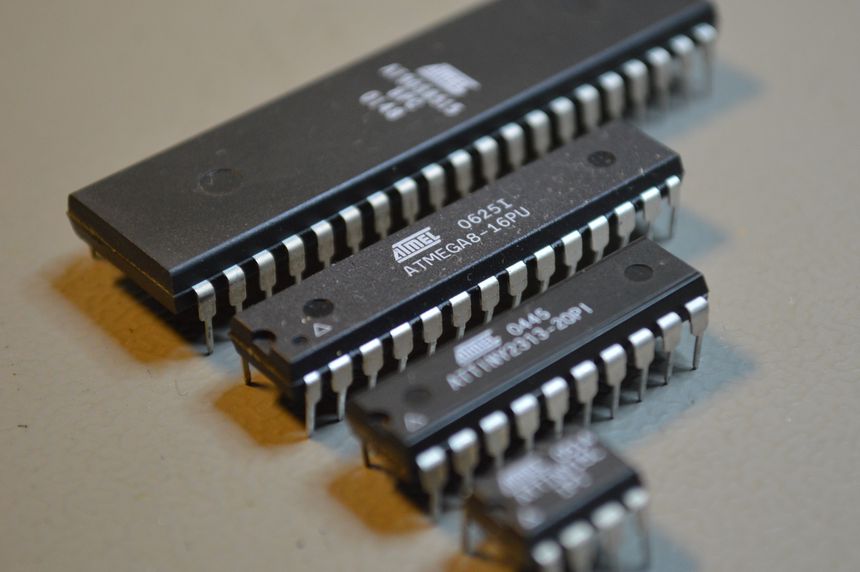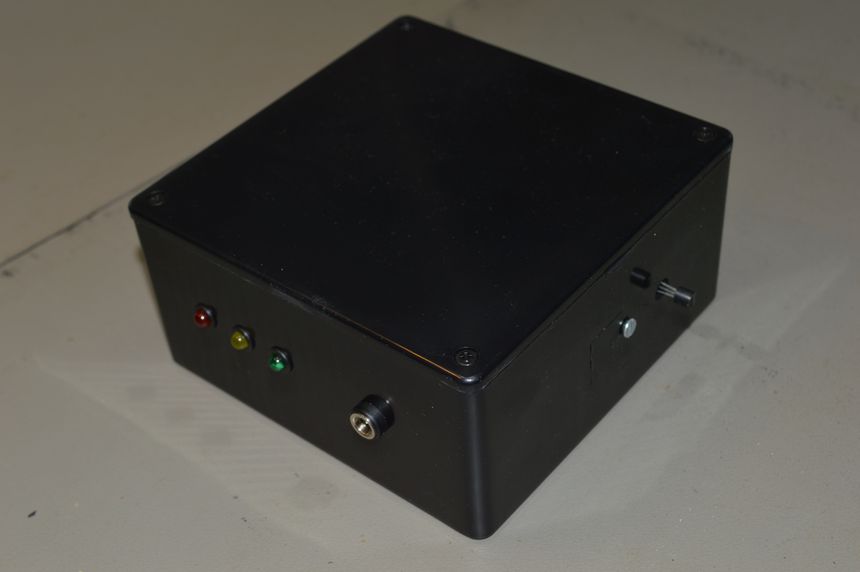My nephew, and my twin boys, both have a Ikea play kitchen. It’s a pretty cool toy, with a microwave, oven, sink, cabinets and hot plates. The plates have LEDs so they turn red when turned on, just to make it a bit more real. But the play kitchen is even greater with some lights!
Replacing front LEDs on RC car

My brother-in-law is into RC car drifting, and a big part of that is of course to have a cool-looking car! He used a LED light kit, but the front lights were not that great. Very blueish and the intensity of the LEDs varied quite a bit.
So I replaced the LEDs and installed some fog lights, it ended up quite decent looking I think 🙂
Making a Lync status light

When I am at work, I use headphones; a lot. About half the time I am listening to music, the other half I am talking with someone on Lync (Skype for Business). That made it difficult for my colleagues to know whether I am available or not, so I get interrupted when I’m on the phone. I needed a way to communicate my availability!
Getting started with the AVR microcontroller series

AVR is a series of microcontrollers from Atmel. Fitted with A/D converters, comparators, timers, interrupts, internal oscillator, and more. Flash memory is used for the main program, SDRAM for variables and EEPROM for values that need to be saved through a power loss. Cheap, fast and easy make them perfect for home automation projects.
Temperature and auxiliary sensor (RS-485), AVR

Temperature sensor with serial RS-485 interface. Two additional sensors can be connected using 3-pin headers on the circuit board. Uses an AVR ATmega8 microcontroller.
